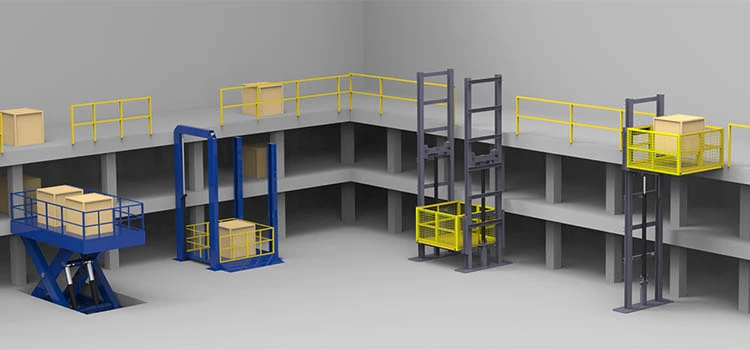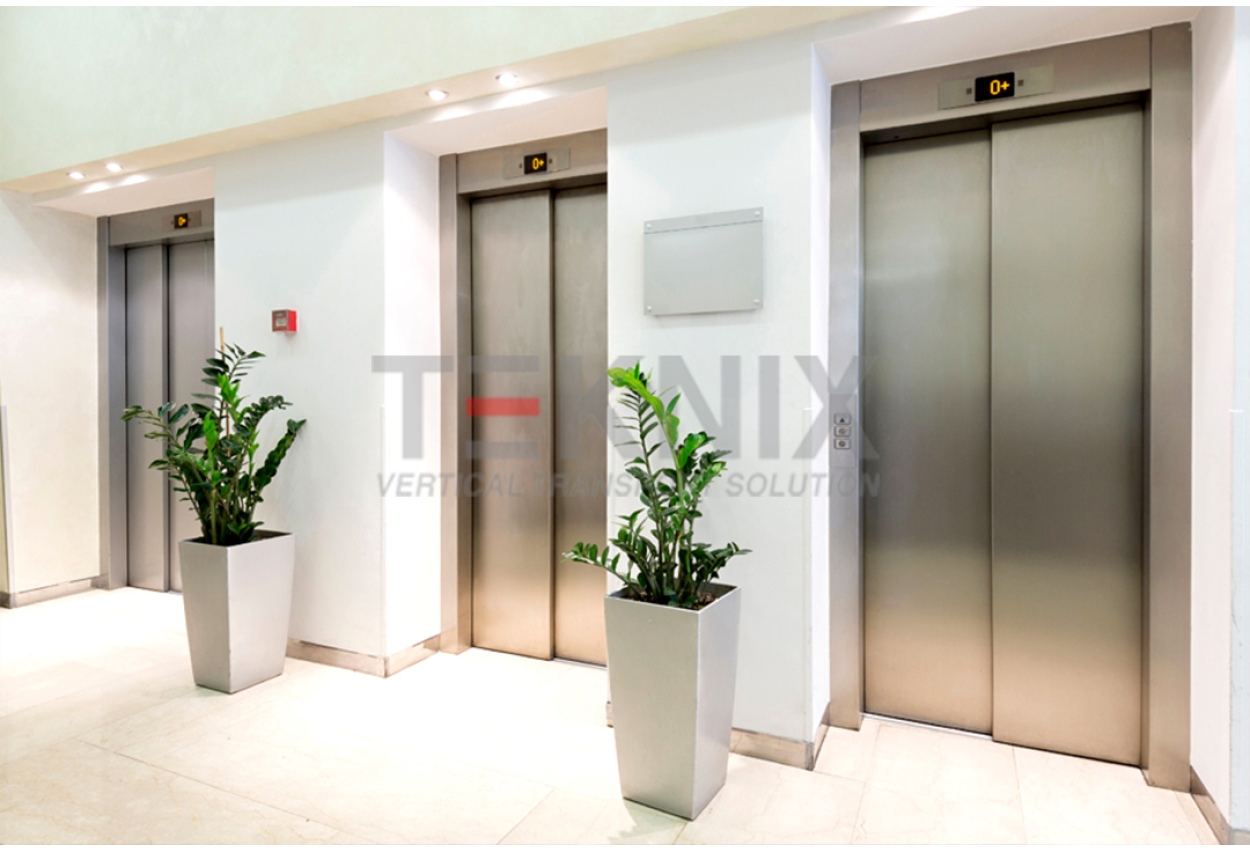Looking Into the World of Elevators: Typical Concerns Faced by Different Lift Devices
As we navigate via the upright transport systems of modern-day buildings, elevators stand out as an important element of our everyday lives. From hydraulic lifts to traction systems and machine-room-less layouts, each lift kind comes with its set of common concerns.
Hydraulic Lifts
Hydraulic lifts, commonly favored for low-rise buildings, make use of fluid pressure to control the motion of the lift automobile (lift repair companies). This device entails a hydraulic pump pressing oil right into a cyndrical tube, causing the elevator to relocate in the wanted direction. While hydraulic elevators are recognized for their silent and smooth operation, they do come with their own collection of usual concerns
One common issue with hydraulic elevators is oil leak. The seals in the hydraulic system can put on out over time, leading to oil seepage. This not only develops a mess however can also impact the lift's performance if left unaddressed. Furthermore, concerns with the control system, such as faulty shutoffs or a malfunctioning pump, can cause disturbances in the lift's activity.
Normal maintenance and timely fixings are important to ensure the smooth functioning of hydraulic elevators. By attending to these typical problems proactively, structure proprietors can lessen downtime and ensure the safety and security and effectiveness of their vertical transportation system.
Grip Lifts
When thinking about upright transport systems in structures, one more typical kind in addition to hydraulic lifts is the traction lift. Traction lifts operate using a system of ropes and weights that relocate the lift auto by clutching onto the hoist ropes. This system allows for smoother and much faster vertical transport compared to hydraulic systems.
One of the usual problems faced by grip elevators is rope wear. The constant activity of the ropes within the traction system can bring about damage gradually, potentially triggering the elevator to malfunction or end up being hazardous for use. Routine evaluations and maintenance of the ropes are necessary to make certain the elevator's proper functioning and safety.
One more issue that grip elevators might encounter is associated with the control system. Troubles with the control system can result in problems such as irregular activity, hold-ups in action times, and even total closures. Regular testing and maintenance of the control system are critical to avoid such problems and ensure the elevator's reliability.
Machine-Room-Less (MRL) Lifts

Among the key elements of MRL lifts is the compact gearless traction maker that is installed within the hoistway. This machine effectively drives the lift auto without the demand for large tools located in traditional traction lifts. Additionally, MRL elevators normally utilize a counterweight system to balance the cars and truck, further enhancing their energy performance.
Despite their benefits, MRL elevators might encounter difficulties connected to maintenance and repair due to the restricted room for tools installation. Ease of access for servicing elements within the shaft can be restricted, requiring specialized training for specialists. Appropriate upkeep timetables and normal inspections are essential to guarantee the continued smooth operation of MRL elevators.
Overloading and Weight Limitation Issues
Are elevators geared up to deal with excess weight loads efficiently and securely? Overwhelming and weight limitation problems are vital concerns in elevator procedures. Elevator producers design raises with certain weight capabilities to make sure passenger security and equipment durability. Going beyond these weight restrictions can bring about different issues, consisting of mechanical failures, hold-ups, and security threats.
When lifts are overwhelmed, it places excessive strain on the electric motor, wires, and various other elements, potentially creating failures or malfunctions. If they detect excess weight, safety mechanisms such as sensors and overload sensors are in location to prevent elevators from relocating. Additionally, exceeding weight disabled platform lifts prices uk limitations can cause raised energy consumption and deterioration on the lift system.
To alleviate overwhelming concerns, developing managers need to plainly show weight restrictions in lifts and enlighten occupants on the value of sticking to these limitations - lift repair companies. Normal maintenance checks by certified technicians can likewise help ensure that elevators are operating within risk-free weight we maintain lifts specifications. By dealing with overloading and weight restriction concerns proactively, structure proprietors can enhance lift safety and effectiveness
Electrical System Failings
Surpassing weight limits in lifts can not only lead to mechanical problems however additionally potentially add to electric system failings within the lift facilities. Electric system failings are a critical worry in elevator operation, as they can cause unanticipated shutdowns, malfunctions, or even safety and security dangers.
Routine upkeep and evaluations are important to determine and resolve possible electric problems promptly, making sure the effective and safe procedure of elevator systems. By sticking to weight restrictions and performing routine electrical system checks, structure owners can alleviate the danger of electrical failings in lifts.
Final Thought

Hydraulic elevators, frequently favored for low-rise buildings, utilize fluid pressure to control the motion of the lift car.When considering upright transportation systems in structures, an additional typical kind aside from hydraulic lifts is the grip lift. Traction lifts operate using a system of ropes and counterweights that move the lift automobile by gripping onto the hoist ropes. Unlike typical elevators that need a separate maker space to house the devices, MRL elevators integrate most of the components within the shaft, removing the need for a committed equipment space.In conclusion, lifts face typical concerns such as hydraulic breakdowns, grip system failures, and electric system issues.